The Mate 30 Pro could be the year's best Android phone, but Huawei's role as a casualty of the U.S.-China trade war mean its lacking one big feature.
It's not common to go into a new phone launch with one of the major talking points being geopolitical intrigue. Yet that's where we are with the freshly-minted Huawei Mate 30 series, unveiled at an event in Munich, Germany. As excellent as these phones appear to be, they're overshadowed by current tensions between the U.S. and China which, to cut a very long story short, means they have no Google apps or services preloaded.
Huawei fans, and those interested in switching to the Mate 30 from other brands, will have to resort to their own workarounds in order to have access to Google services on their devices. Obviously, that's a suboptimal situation for Huawei, its partners, or anyone with any interest in picking up one of these phones.
The future for Huawei looks bleak, but let's ignore the Google issue — at least for a moment — and examine the Mate 30 series as we would any smartphone. The headline device is the Mate 30 Pro which succeeds last year's Mate 20 Pro and exists alongside the P30 Pro as the flagships of Huawei's smartphone portfolio.
Depending on your perspective, the first thing you'll notice about the Mate 30 Pro will be either its monstrously huge rear camera module or its unconventional screen shape. The former sees Huawei adopt the camera as a key element of its design language, with a large circular lens surrounded by a textured circular frame, which is reminiscent of old camera-centric smartphones such as the Nokia Lumia 1020.
The latter reveals a significant style improvement for Huawei, as the Mate 30 Pro sports Huawei's first "waterfall" display. It's so named as the display curves 88° around the edge of the phone and ends at almost the midway point of the outer frame. The design is impressive; however, it comes at a cost, with Huawei reverting to its previous strategy of Full HD+ displays over higher-resolution Quad HD+ panels. The screen is made by either Samsung Display or BOE Technology, the latter having recently been tipped to be China's answer to Samsung during escalating trade wars.
Huawei Mate 30 / Mate 30 Pro Specs
With almost half of the 8.8mm thickness dedicated to the display, there's not a lot of space for essentials like the power and volume buttons. The former is located on the right and is placed below the screen on the side – it's a little cramped compared to other devices but is a necessary trade-off for this design. There are no physical volume keys; instead, you use gestures – double tap on either edge of the screen and drag.
And yes, it makes the new Pro feel more than a tad slippery in the hand, but it does have one benefit, specifically that it now works equally for everyone. If you're a left-handed user using a phone with the buttons on the right, you know how frustrating it is in daily use. Similarly, for right-handed users with the main buttons on the left, like myself with the Galaxy Note 10. If you've had this problem before, the Mate 30 Pro offers a solution although we'll hold judgement until the review.
Up at the top of that waterfall display is a fairly wide notch to accommodate the Mate's 3D face unlock system as well as the selfie camera. It's smaller than the Mate 30 Pro's, but some will undoubtedly see it as an eyesore next to the many Android phones with smaller notches. That said, the Face Unlock on the Mate 20 Pro was the best facial recognition authentication on any Android phone, and the only one that equaled – and in some cases was faster than – Apple's Face ID. New to the Mate 30 Pro are the 3D Depth camera and Gesture sensor, with the latter used to enable the new gestures interactions with various parts of the phone.
Huawei's Face Unlock is the best competition that Android can offer to Apple's Face ID
Like the P30 Pro, the Mate also uses Huawei's in-display speaker system, which uses the vibration of the panel for call audio. The in-display speaker on the P30 Pro works pretty well, and we'd expect the Mate 30 Pro to deliver similar results. The in-display fingerprint on the Mate 20 Pro was lightning fast and the Mate 30 Pro should deliver equally good, if not better, performance.
The Mate line has always been about showcasing new technology from Huawei, and as such it's the first to come powered by the Kirin 990 chipset, boasting better power efficiency, ramped up CPU, AI and graphical capabilities, and in some models even onboard 5G. A couple of the highlight features of the Mate 30 Pro's performance package include the world's first 16-core Mali GPU and marked improvements to photo and video noise reduction, which works hand-in-hand with the new quad-rear camera system.
This is where you'll find the biggest difference between the Mate 30 and Mate 30 Pro. The former features a quad-camera setup that's essentially identical to the P30 Pro, which boasts one of the best camera packages on a phone this year. The Pro model elevates this in several ways, beginning with the dual 40MP sensors.
The main sensor is present on both Mate 30 devices and is the 40MP RYYB sensor found in the P30 Pro. The switch from RGB on most phones to RYYB – where the green pixels are replaced by yellow ones — lets in ~40% more light and is one of the reasons the P30 Pro is great in low light. The Mate 30 Pro replaces the 16MP ultra-wide of the Mate 30/P30 Pro with a 40MP Ultra-wide cine sensor that brings a lot of new features to the Mate 30 Pro.
The biggest improvement is in the video recording. Video has been one of Huawei's weaknesses to date, but the 40MP ultra-wide Cine camera allows the Mate 30 Pro to capture 4k HDR+ video at 60 fps with real-time bokeh and dual OIS + AIS for stable recording. The craziest part of the new Cine camera is the 7680 fps ultra-slow-motion recording. Let that sink in for a moment: 7680 frames per second is miles ahead of the previous best of 960 fps. Huawei also claims this lets you capture the movement of a Hummingbird, which usually flutters its wings 80 times per second and can't be captured on most phones:
I was just about to say no one needs 7680 fps video. But then Huawei showed this pic.twitter.com/ezTr5Wbxnz
— Nirave 尼拉夫 (@nirave) September 19, 2019
It's not just about megapixels however, as the sensor size makes a large difference as well. Most smartphones feature sensors of the 1/2.55-inch type, but the Mate 30 Pro features two 1/1.7-inch type sensors. The main sensor uses 4:3 aspect ratio, while the Cine sensors adopts 3:2 aspect ratio. The larger sensors mean more light, as well as more detail, and is the closest we've come to DSLR-size camera sensors since the 1-inch sensor on the Panasonic CM1. As far as hardware goes, the Mate 30 Pro camera remains head and shoulders above the competition.
The third camera is an 8-megapixel f/2.4 telephoto camera which supports OIS. This enables both Mate 30 devices to capture 3x optical zoom, which isn't on the level of the 5x optical zoom found in the P30 Pro, but is still better than the 2x telephoto zoom found in the iPhone 11 Pro and the Galaxy Note 10+. It also supports up to 30x digital zoom which again, pales in comparison to the 50x zoom found in the P30 Pro but remains more than acceptable. The fourth camera is a 3D depth camera which is used for bokeh and other features, such as the excellent wide-aperture camera mode.
One of the areas that Huawei has always excelled in is battery capacity, longevity and charging. The Mate 30 Pro features a 4,500mAh cell capacity, while the Mate 30 is slightly smaller at 4,300mAh. In both cases, that's not much of an upgrade on the 4,200mAh found in the P30 Pro, but should continue that phone's reign of offering the best battery life of any major flagship device.
To charge it up, there's the 40W Huawei SuperCharge technology which is among the fastest on any phone when comparing the capacity and the time required to charge to full. New to the Mate 30 series is 27W fast wireless supercharging, which comes just as Samsung unveiled 15W fast wireless charging in the Galaxy Note 10. Also vastly improved is the wireless reverse charging, which now allows you to charge other devices and accessories at three times the speed offered by the Mate 20 Pro and P30 Pro.
As in previous years, a new Mate also means a new addition to the "luxury" Porsche Design range and there are also 5G versions of both the Mate 30 and the Mate 30 Pro. Much like the Mate 20 RS last year, the Porsche Design Mate 30 RS (try saying that five times in a row!) was announced alongside a lot of marketing gobbledygook that essentially meant a new paint job and a few custom themes designed to make it feel like a more expensive item. It features the same racing stripe which has become an iconic symbol of Porsche Design and is available in the same two colors of last year – black and red. There is a new case that acts like a phone holder, can be used as a kickstand and definitely looks a Porsche Design item.
The Mate 30 and Mate 30 Pro come in two different finishes. There's the regular collection which is available in four colors – Black, Space Silver, Emerald Green and Cosmic Purple – and features a matte finish transitioning into a gloss finish which supposedly makes it much less fingerprint-prone. There's also new Vegan Leather Orange and Forest Green finishes, which are gorgeous. It's nice to see companies bring leather back, especially as it's more durable than a glass finish. Having recently broken my phone, anything to make devices a little more durable is certainly welcome.
The Mate 30 and Mate 30 Pro are launching in select countries in October and will be available in global markets from that point. Huawei is being deliberately coy about specific markets for reasons we'll get into below, but did reveal pricing.
The Mate 30 series will start €799, which comes with 8GB of RAM and 128GB of storage. The Mate 30 Pro starts at €1,099 which is equipped with 8GB of RAM and 256GB of storage. Meanwhile, the Mate 30 Pro 5G offers the same ROM/RAM config as the non-5G version and will cost €1199. If you really want 12GB of RAM, you'll need to stump up a whopping €2,095 for the Porsche Design Mate 30 RS which also comes with 512GB of storage.
The elephant in the room: Google services
Looking at the Mate 30 series as just a smartphone means you'll probably think it's the phone to buy, and you probably wouldn't be wrong. However, before you rush out to drop your money on it, it's worth considering the big elephant in the room. As Richard Yu put it to us in an interview, Huawei is the pawn in a trade-war game of chess between the U.S. and China. As a result, it might look like every other Huawei phone, but it lacks one key element: Google GMS Core.
There are too many great Android phones to recommend buying a Mate 30 Pro without Google apps.
This is the key functionality that makes "Android" valuable in a modern world, enabling access to things like Google's apps, Google Play Services, and the all-important Play Store. The latter is lacking on the Mate 30 series, and while there's still hope that the U.S. and China will resolve their trade war and allow Huawei to work with Google in the near future, the sad fact is that you can't download apps from the Play Store right now. Well, not officially that is.
The Mate 30 Pro hardware offers everything, and more than any other smartphone.
Officially, the phone does not support any Google services, but unofficially there's a few different things that may yet happen. If Huawei does unlock the bootloader as Richard Yu suggested they may do so, then it'll be relatively straight forward for developer communities to enable Play Store support through third-party ROMs. Similarly, there may be ways already present on the phone that simplify how easy it is to add Google services. Based on rival Chinese devices – such as Xiaomi and others – it shouldn't be too difficult to add Google services.
Huawei says it's actively incentivizing developers to build apps and distribute them in the App Gallery through a new $1 billion incentives fund, and higher revenue share. Apple and Google take an industry-standard 30% of all transactions, but Huawei is willing to drop its share to 15% so developers take home a bigger cut. It remains to be seen whether this will be enough, but we'll keep you posted over the coming months as this story plays out further.
Overall, the Huawei Mate 30 Pro is one of the best phones you'll find this year, in spite of its issues supporting Google services. We're not sure how the apps side of things will pan out, but from a hardware perspective, this phone seems to have everything. In the camera department especially, it offers more than any other smartphone, while the rest of the hardware package is one of the best you can buy right now. Of course, we'll reserve our judgement for the full review, but it's definitely a phone to watch in the coming months.
from Android Central - Android Forums, News, Reviews, Help and Android Wallpapers https://ift.tt/32L30VQ
via IFTTT
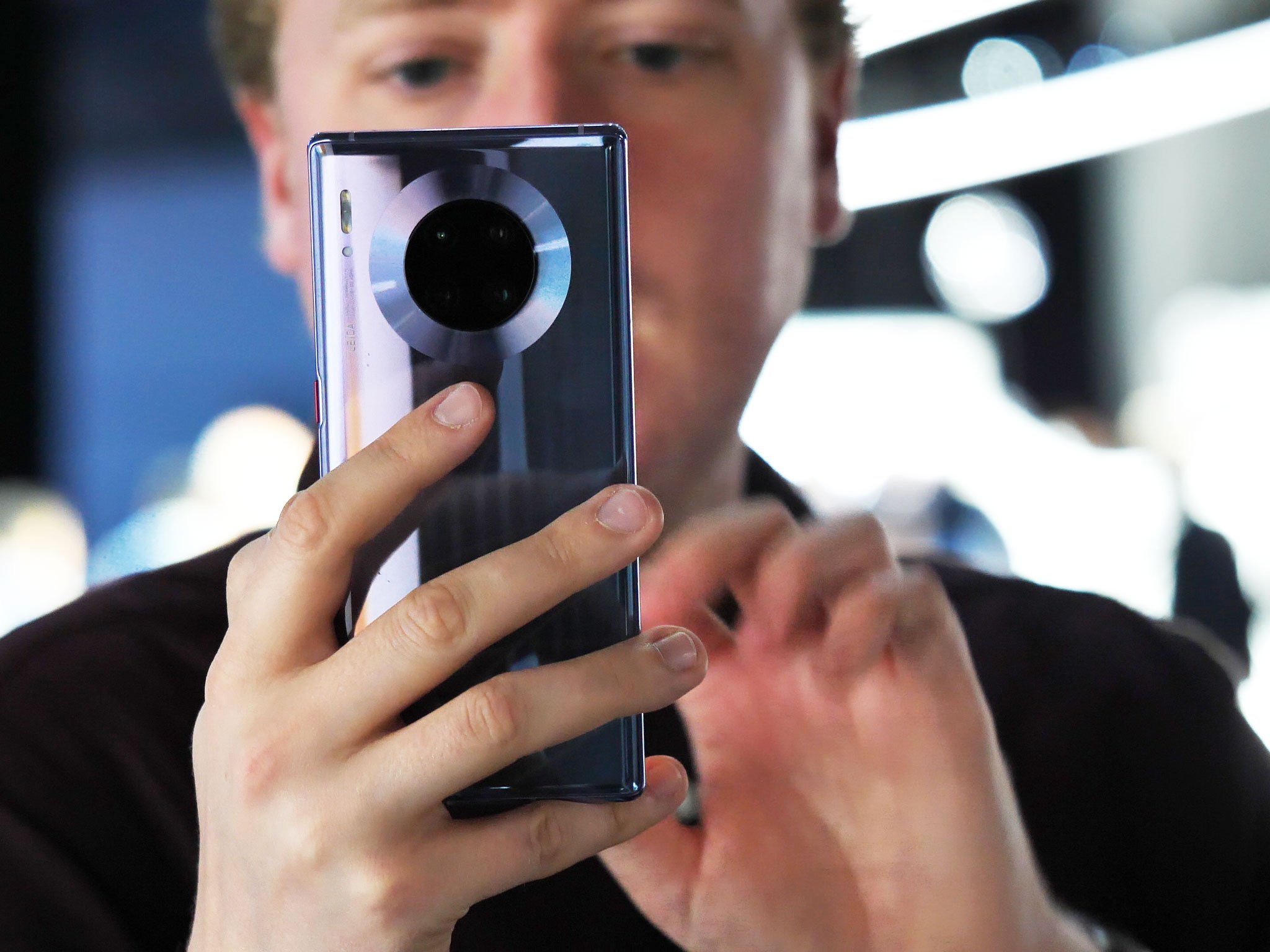
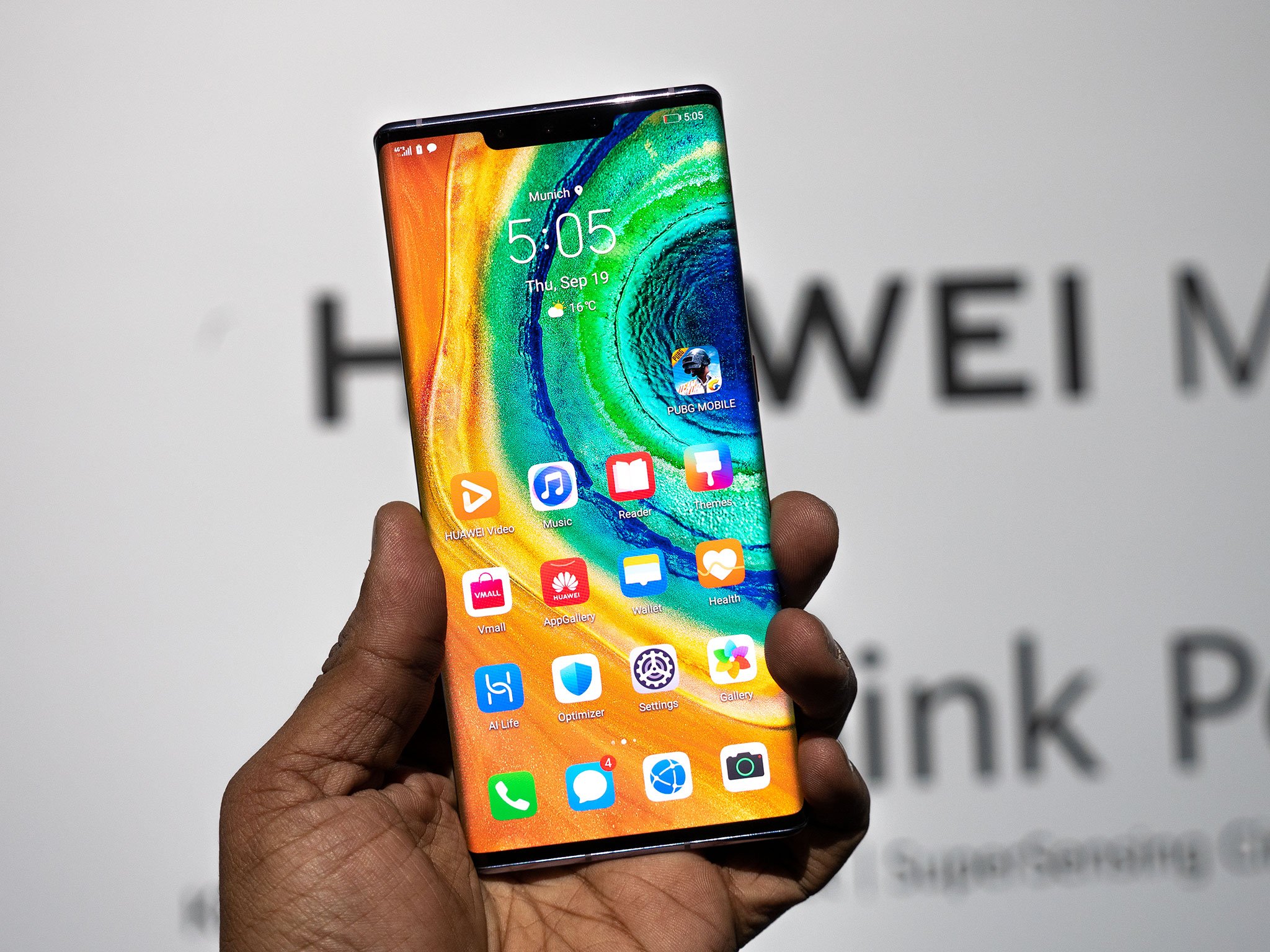
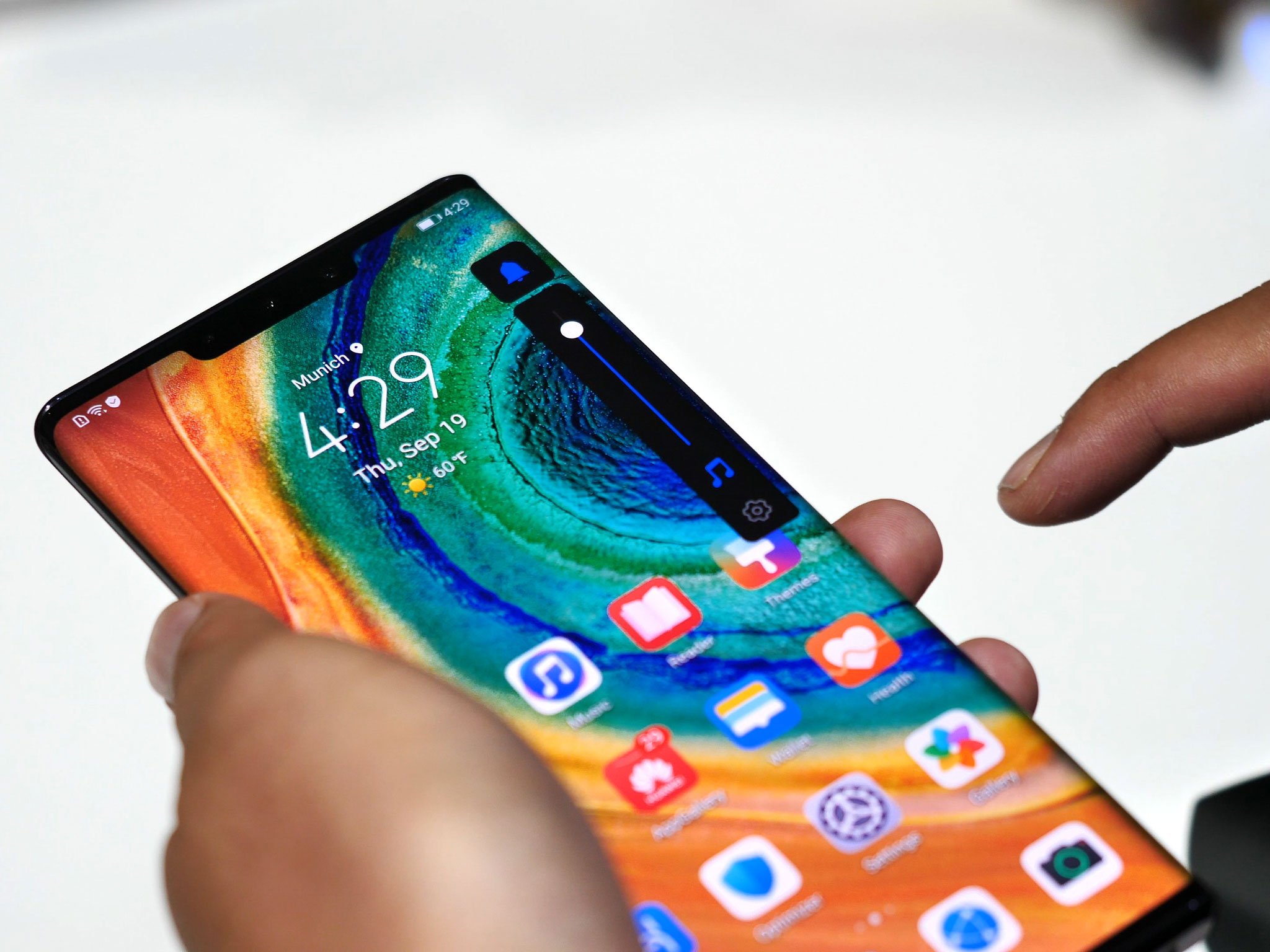
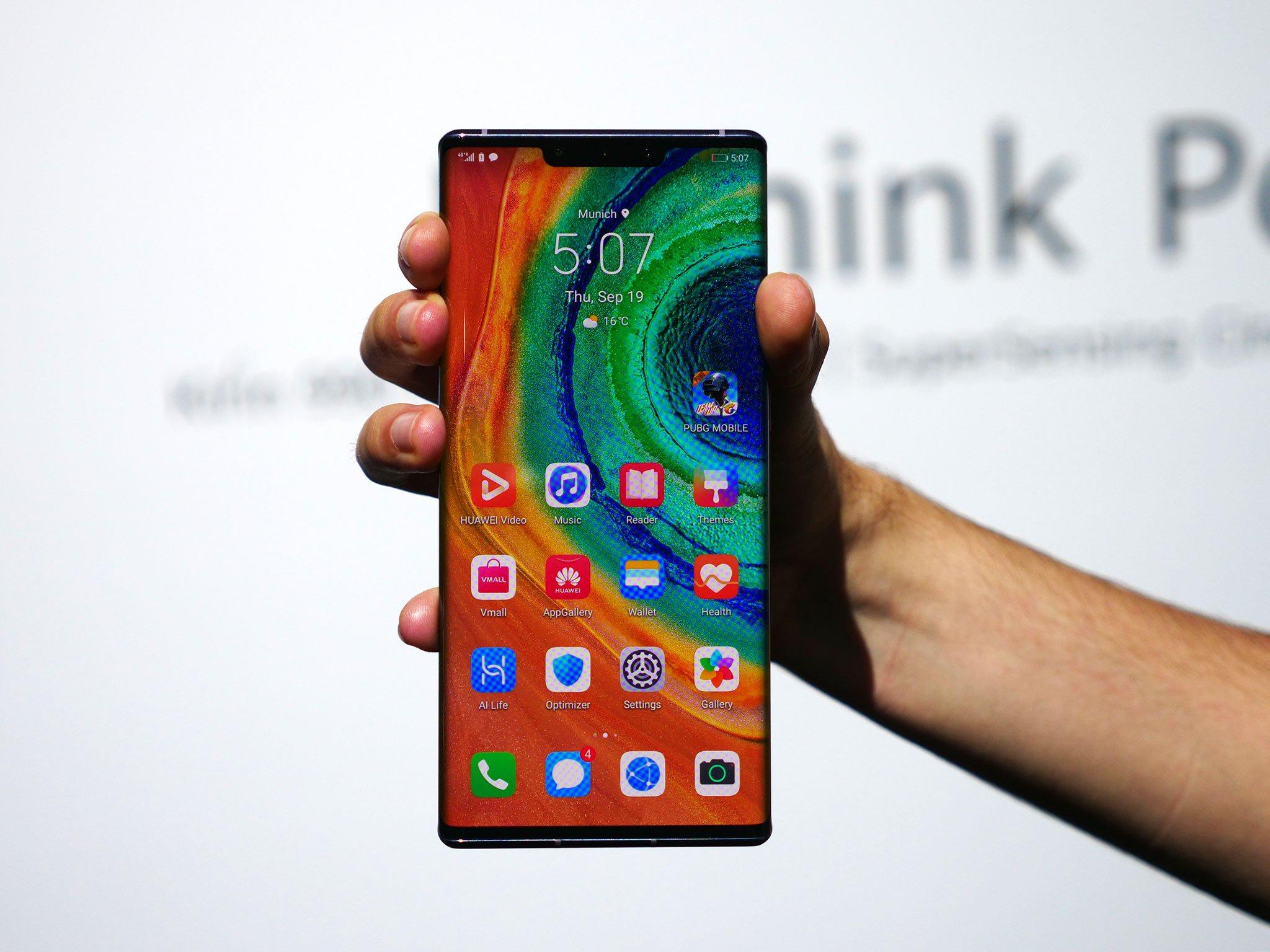
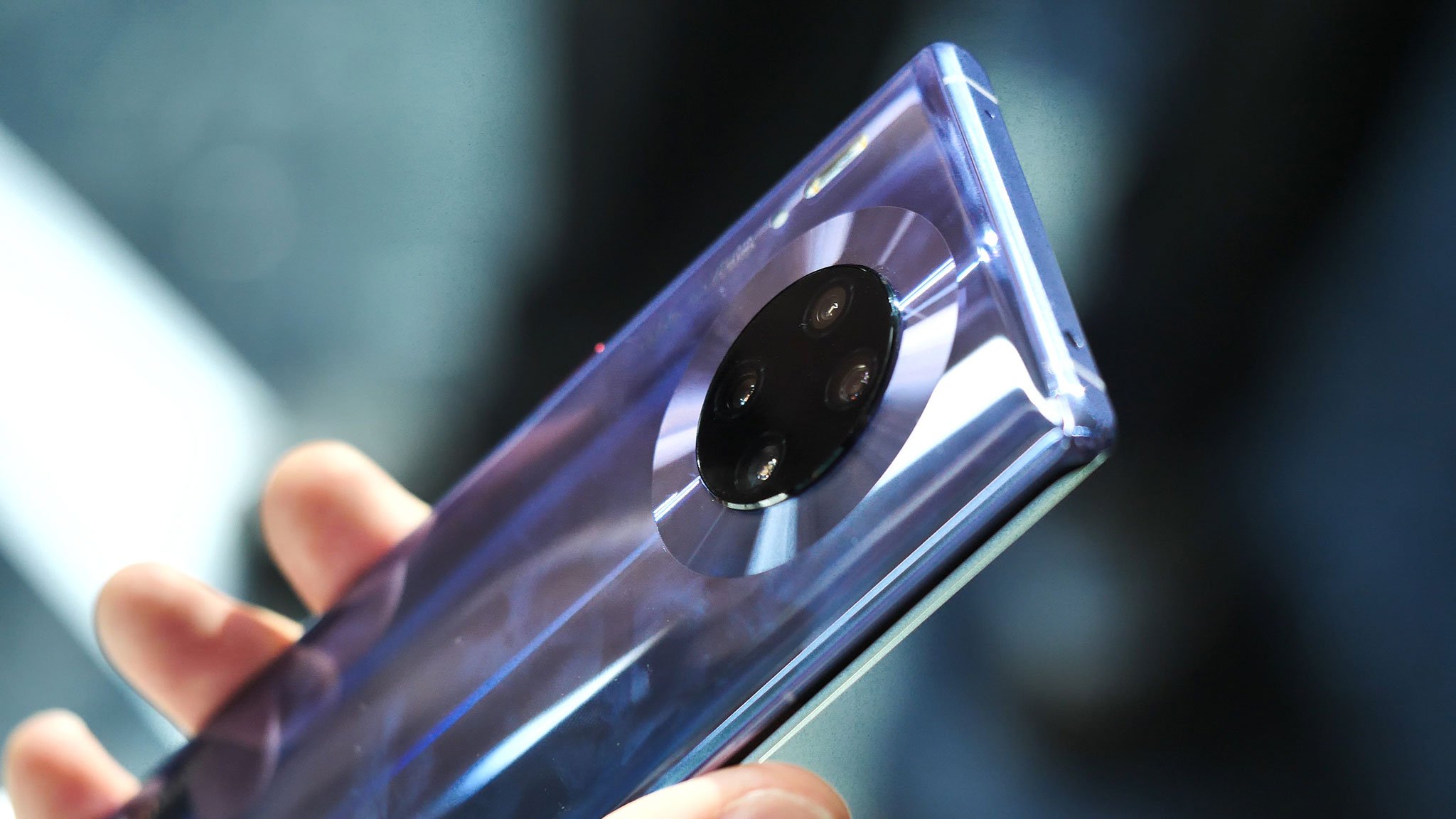
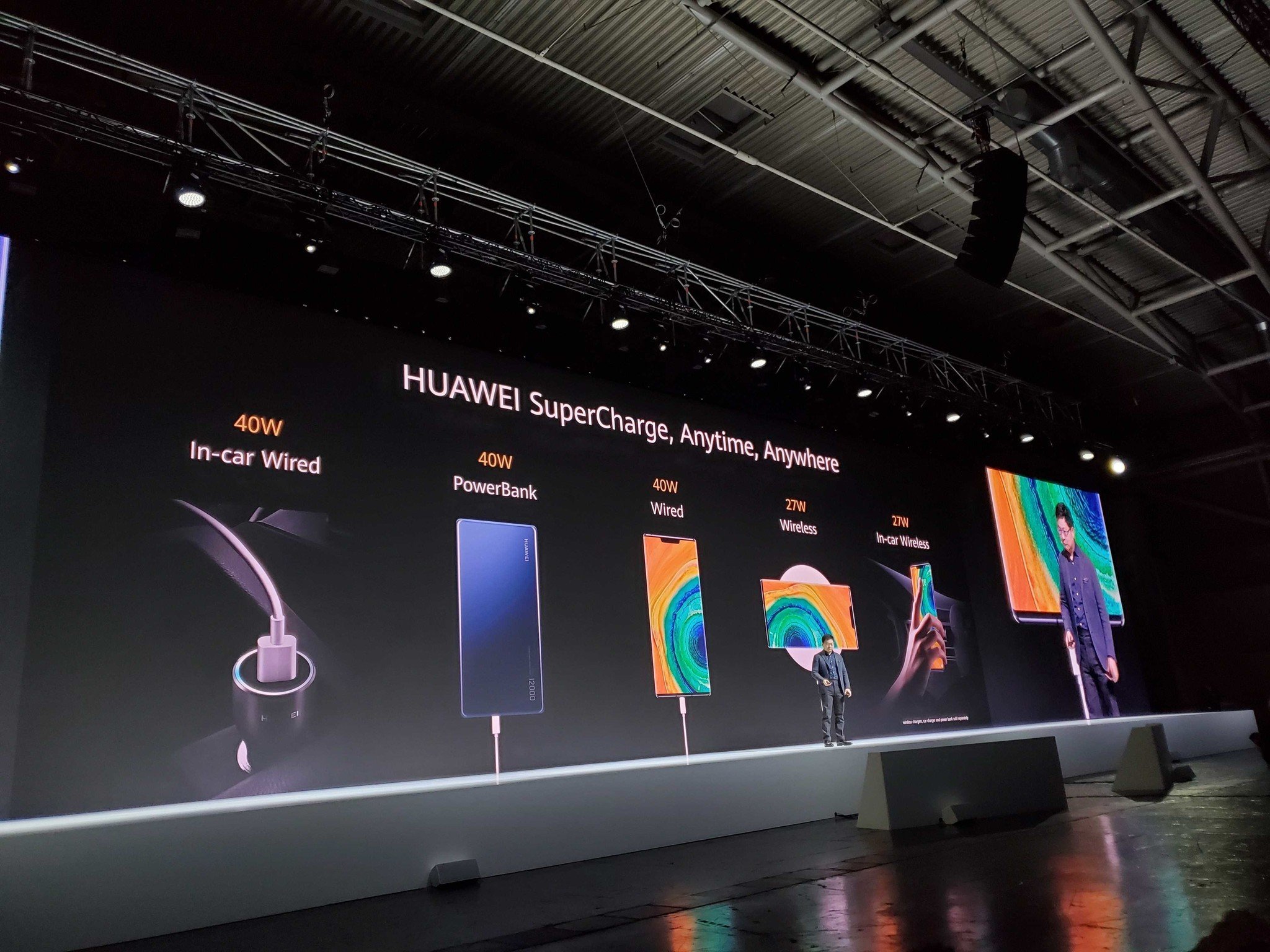
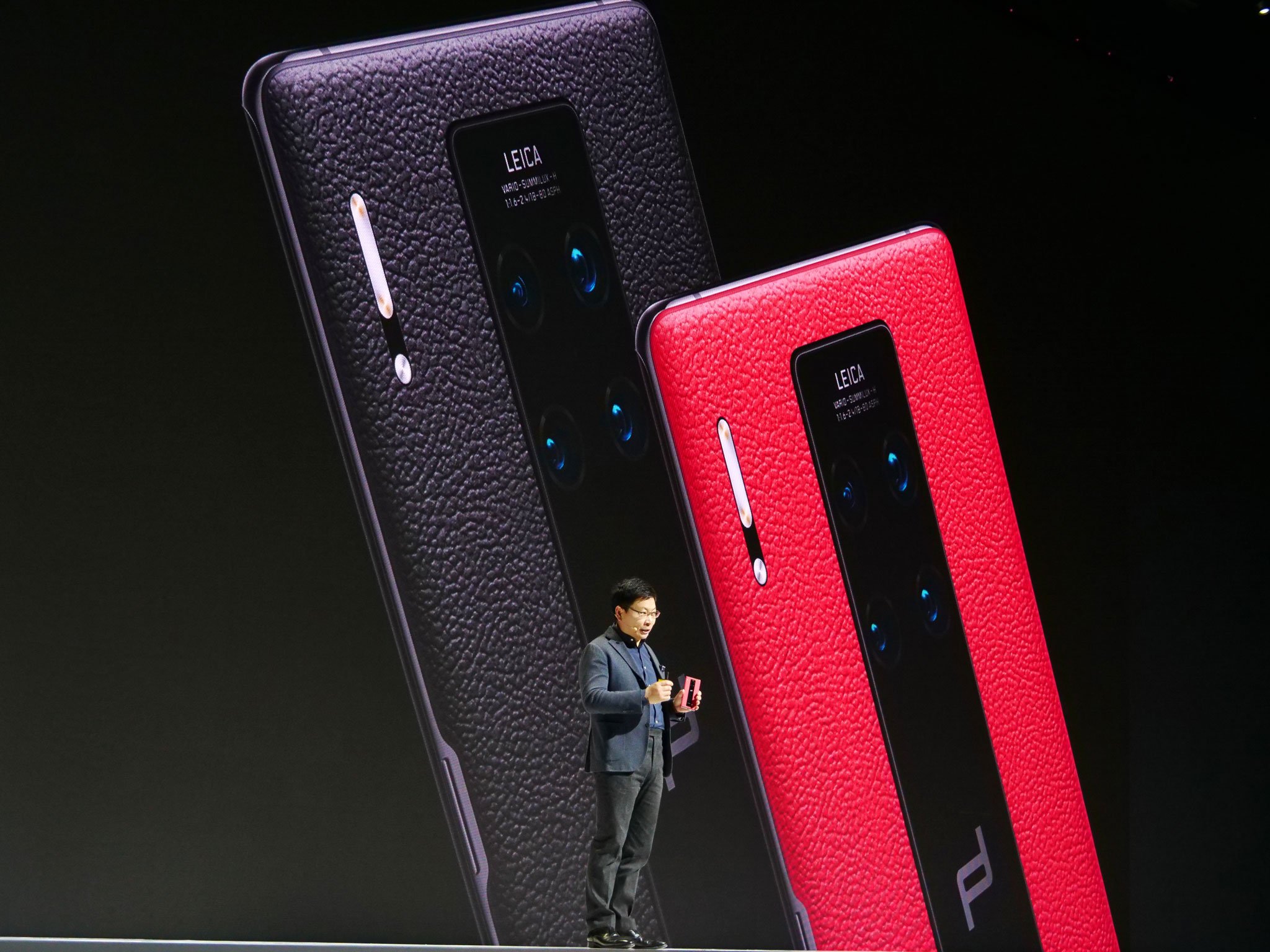
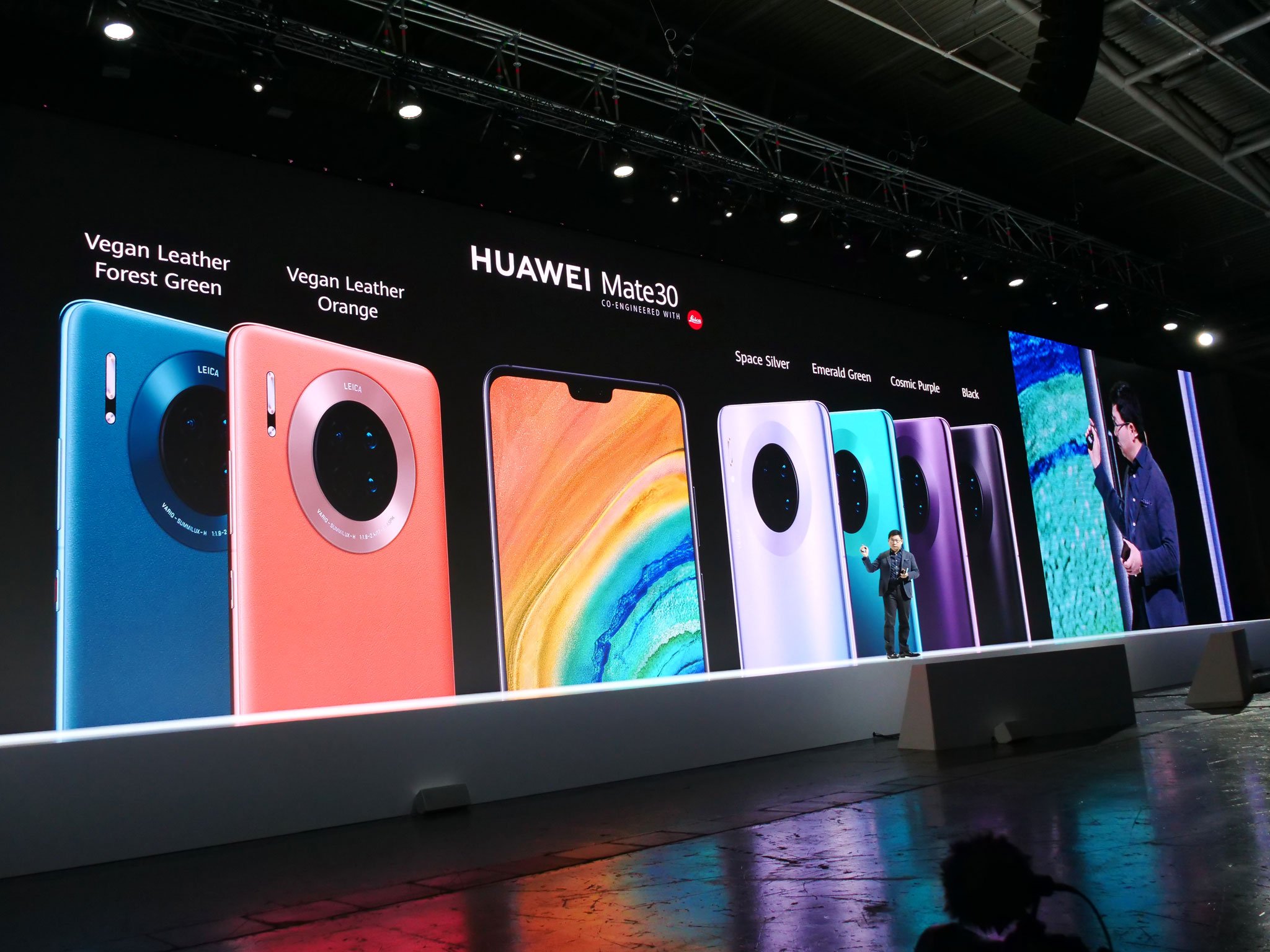
No comments:
Post a Comment